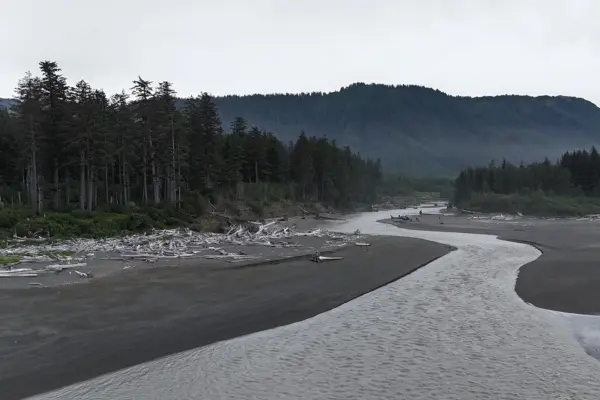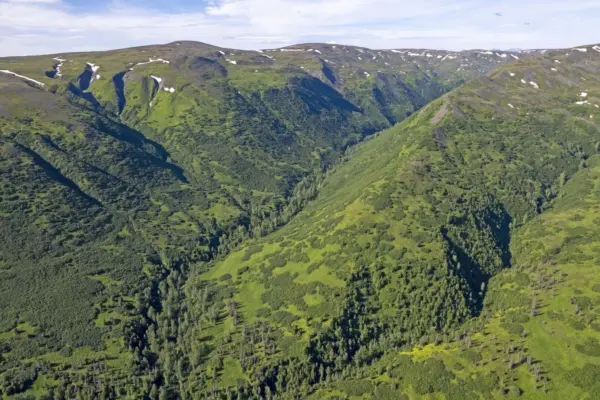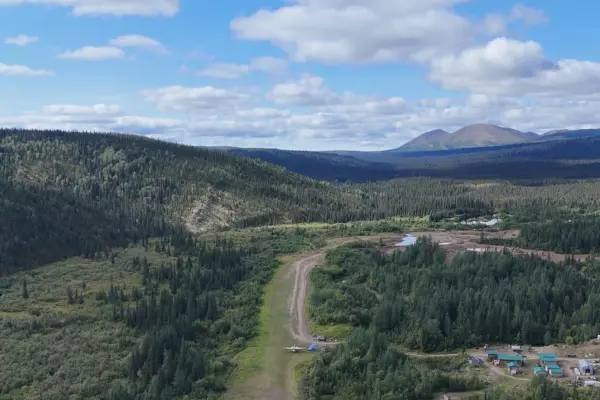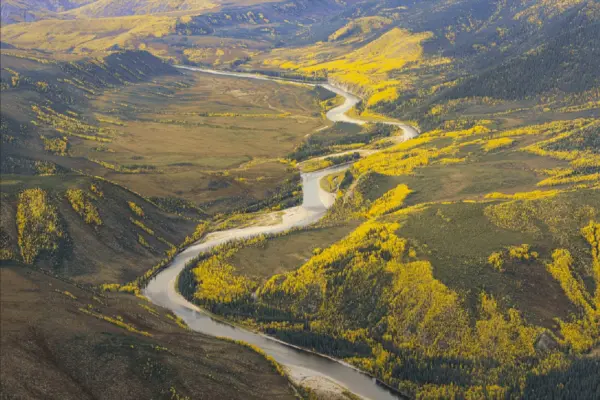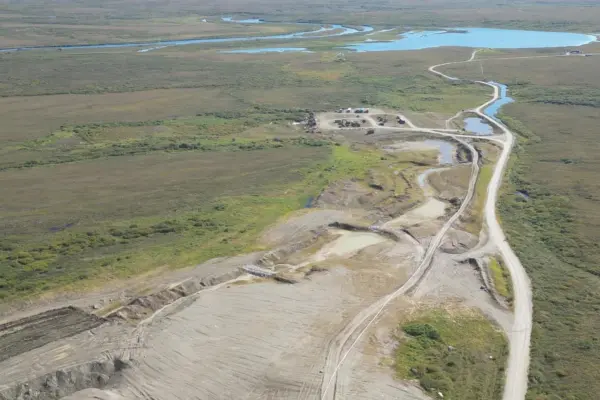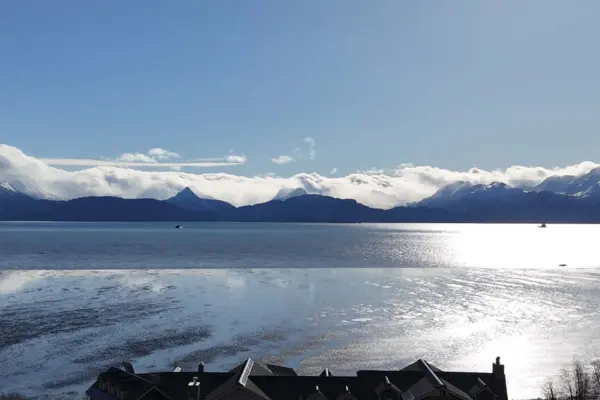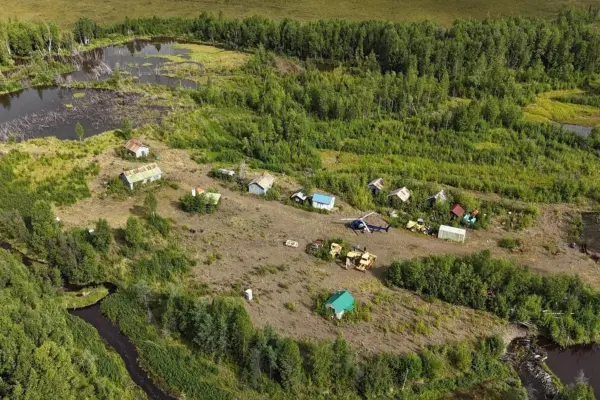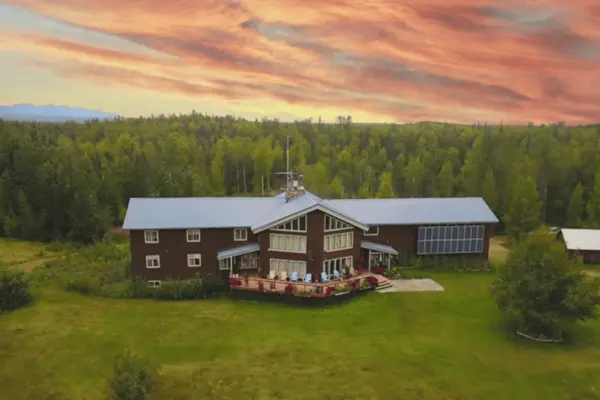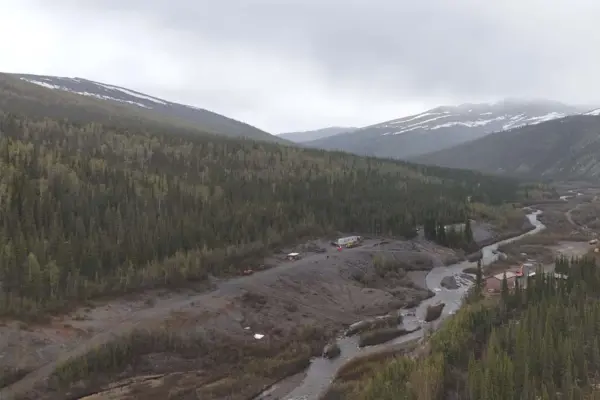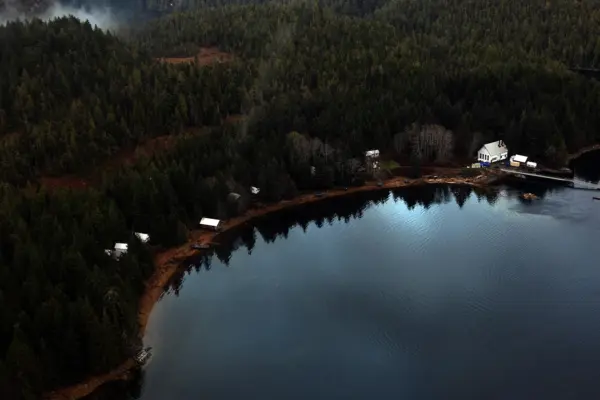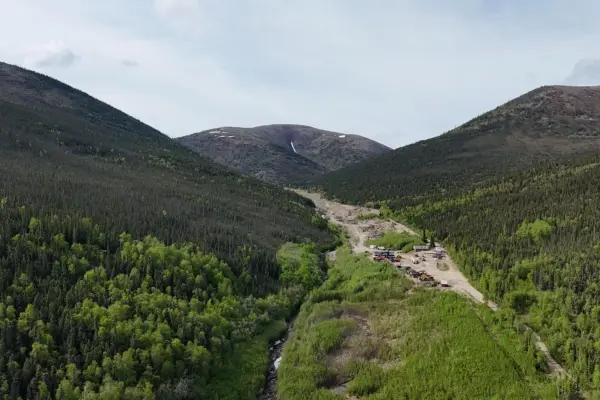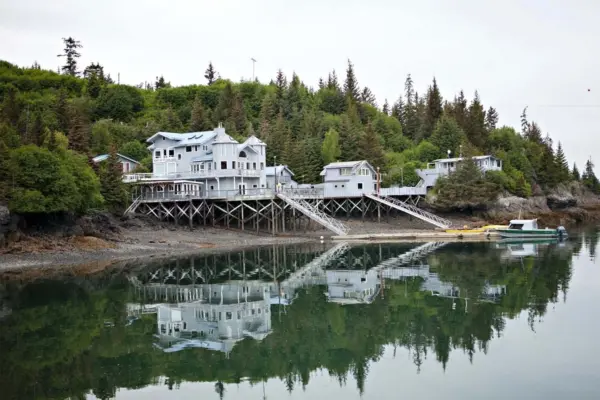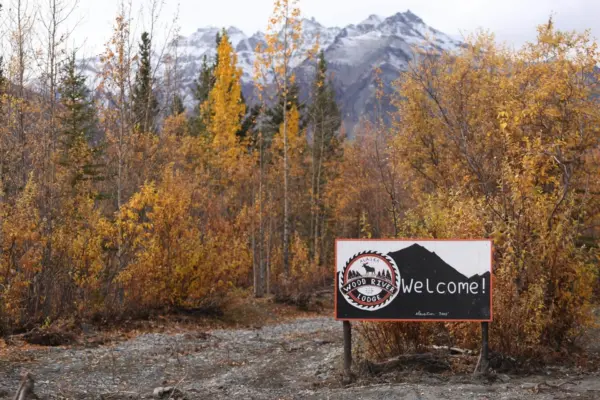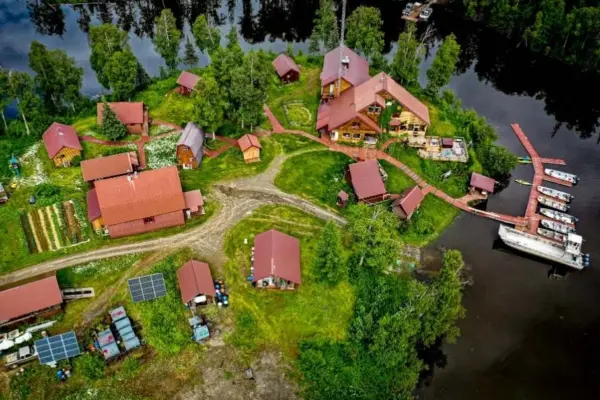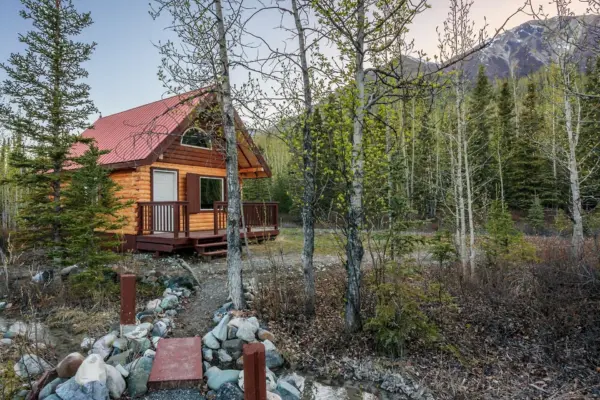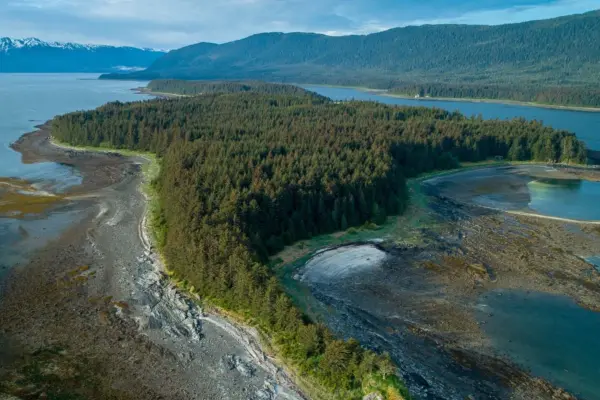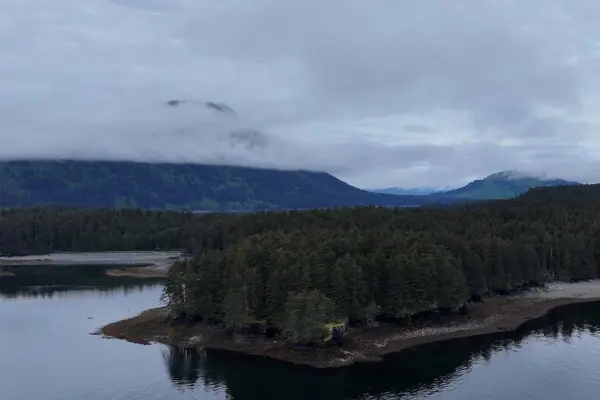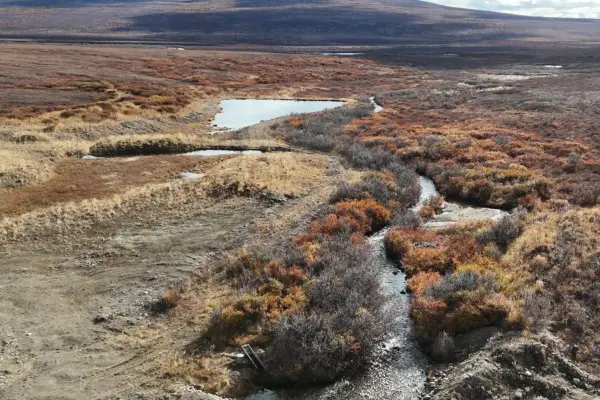For Sellers of remote Alaska properties, there may not be a better time to sell than now. Never before has Alaska captured the hearts and imaginations of so many from all around the world. Alaska offers spectacular vistas and geography, ubiquitous wildlife, and recreation opportunity unmatched anywhere in the world. Interest in Alaska is not limited to the United States, its truly global and visitors from all around the world will travel just to see massive grizzly bears eating salmon at Brooks Falls.
Sellers face many of the same challenges Buyers do and more, given current market conditions. Each Sellers motivation for disposition varies. However, there is a spectrum of Sellers, from those content with fair market value and others who really don’t care what fair market value is, they are only willing to sell if the price is comparable to a winning lottery ticket. Traditional methodologies for valuation on land or income properties can be comp sales, cost to replace, cap rates, EBITDA formulas, or in some cases, discount rates. Pricing Alaska property can be challenging because truly all Alaska properties are demonstrably unique, at this point the agent’s intuition and experience then become factors for valuation. Alaska sellers who place extraordinary value on what a Buyer may experience off the property can anticipate a longer sale cycle and likely valuation differences. “The best fishing/hunting” in Alaska is a very subjective selling point and occasionally may support the justification for an irrational value, but this is atypical and most sellers in this situation will likely become frustrated and even disappointed when the market simply does not see the property in the same light. Buyers for these types of offerings with the economic resources to fund a purchase from $1 - $20 million dollars for a remote Alaska property are generally savvy and understand the value of real estate. Virtually all these buyers will ask at some point in the sale cycle, “how did you arrive at the list price.” Sellers will want to have this discussion with their agent prior.
Having an agent on the seller’s team who can objectively and logically explain the offering and value to the buyer pool is a critical and key piece. Sellers whose objective is to place irrational value in hopes of finding an irrational buyer can, from time to time, be successful, but the seller may be in for a longer than normal sale cycle. Even in Alaska, it is rare that an offering truly rises to the level of a name-your-price “trophy” property and, conversely, a dictatorial marketing approach.






